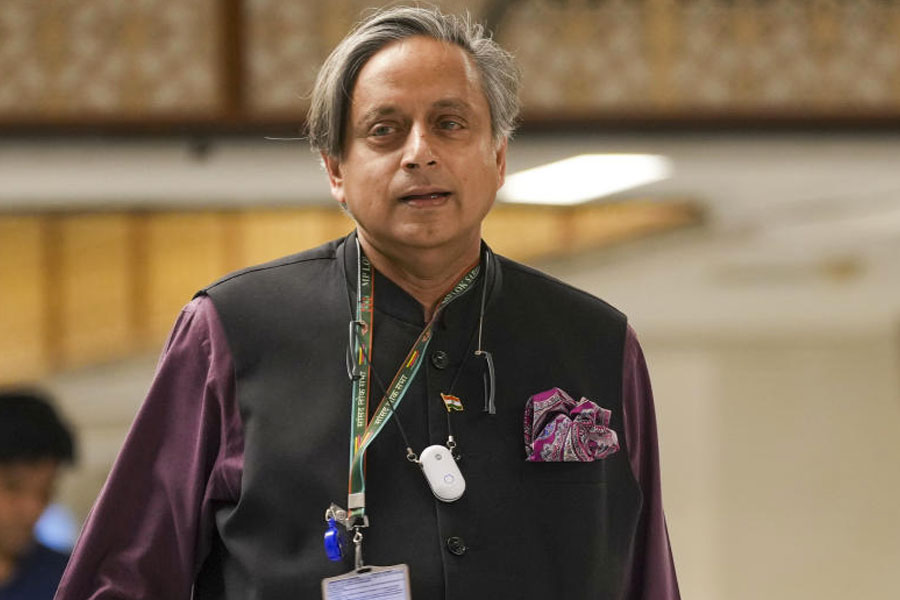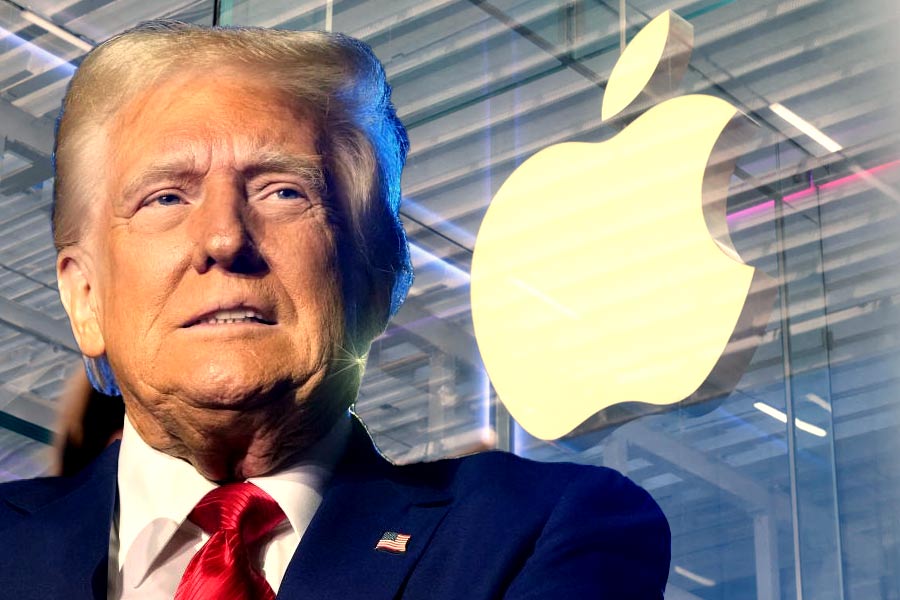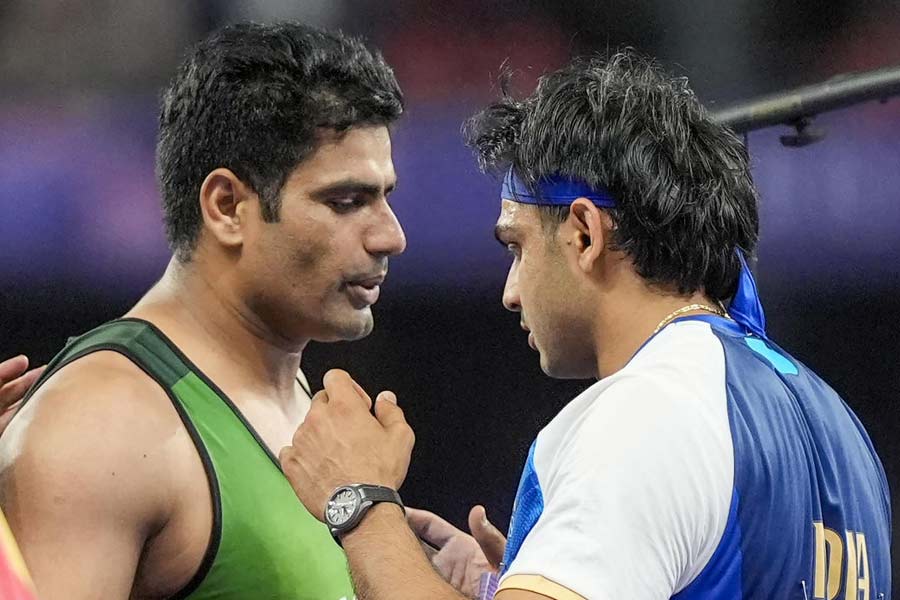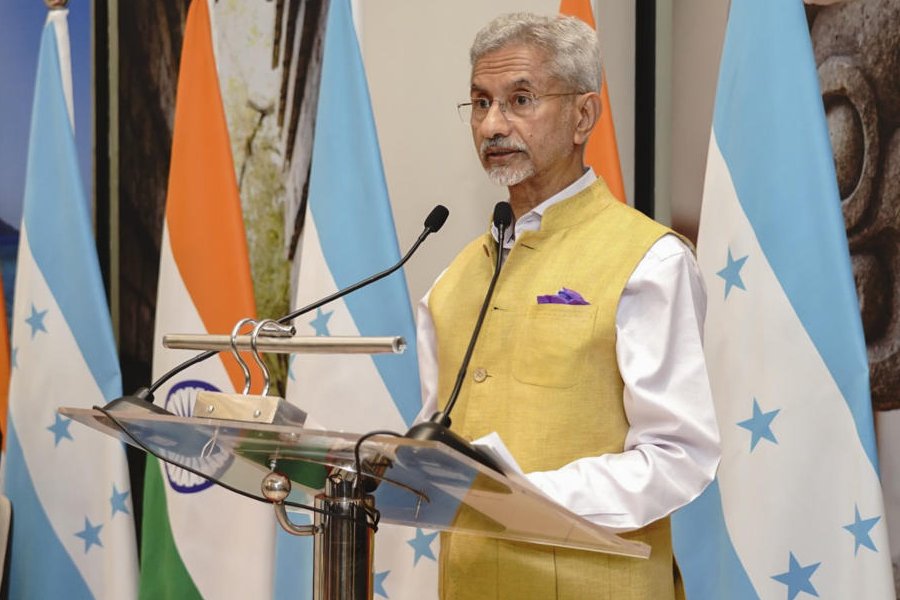 |
| The students with optometrist Rajiv Prasad in Patna on Monday. Picture by Ashok Sinha |
Srikant can read letters in the English alphabet from 2m away but is a little worried if he can work without Braille.
The 16-year-old is one among three children at Rajkiya Netraheen Uchcha Vidyalaya in Kadamkuan who were diagnosed with low vision at a health camp last year. Thought to be blind, the consultant optometrist at the institution realised Srikant — and Santosh (12) and Dhananjay (11) — had low vision and their residual vision could be restored with training and special devices worth Rs 15,000.
The school administration is waiting for a “messiah” who could provide them money to purchase devices the trio require to increase their visibility. The three come from financially backward families and cannot afford to buy the low-vision devices, which include optic lens aids such as high-power magnifiers and spectacles and electronic devices that help magnify the residual vision. There is no treatment for a person suffering from low vision.
Rajeev Prasad, the consultant optometrist and a low-vision specialist, said: “The children can join any school if they are provided with low vision devices. These cost around Rs 15,000.”
Khagendra Paswan, the principal of the blind school, said: “We don’t have any norm for eye check-ups before admission. It is because of Prasad’s efforts (he organised the check-up camp last year) that we came to know the three were suffering from low vision and could go to a usual school if they had the requisite aids.”
Before rushing to class, Srikant told The Telegraph: “I have been told I can go to any school. Is it possible? Can I study in a normal school? I have been studying in Braille since I was admitted here. I can read alphabets from 2m away but as I am not conversant with it, I cannot string them into a sentence. For that, I have to depend on Braille.”
Prasad said parents’ lack of awareness lead to children like Srikant to study in a school for the blind. “The doctors who checked the three students must have given them a low-vision certificate. But because of their parents’ inability to understand partial vision, they studied in a school for the blind. In the past four years, I have helped shift 40 children suffering from low-vision from a blind school. I requested school administrations to provide such children assistance and assign them a first-row seat so that they can see better,” he said.










